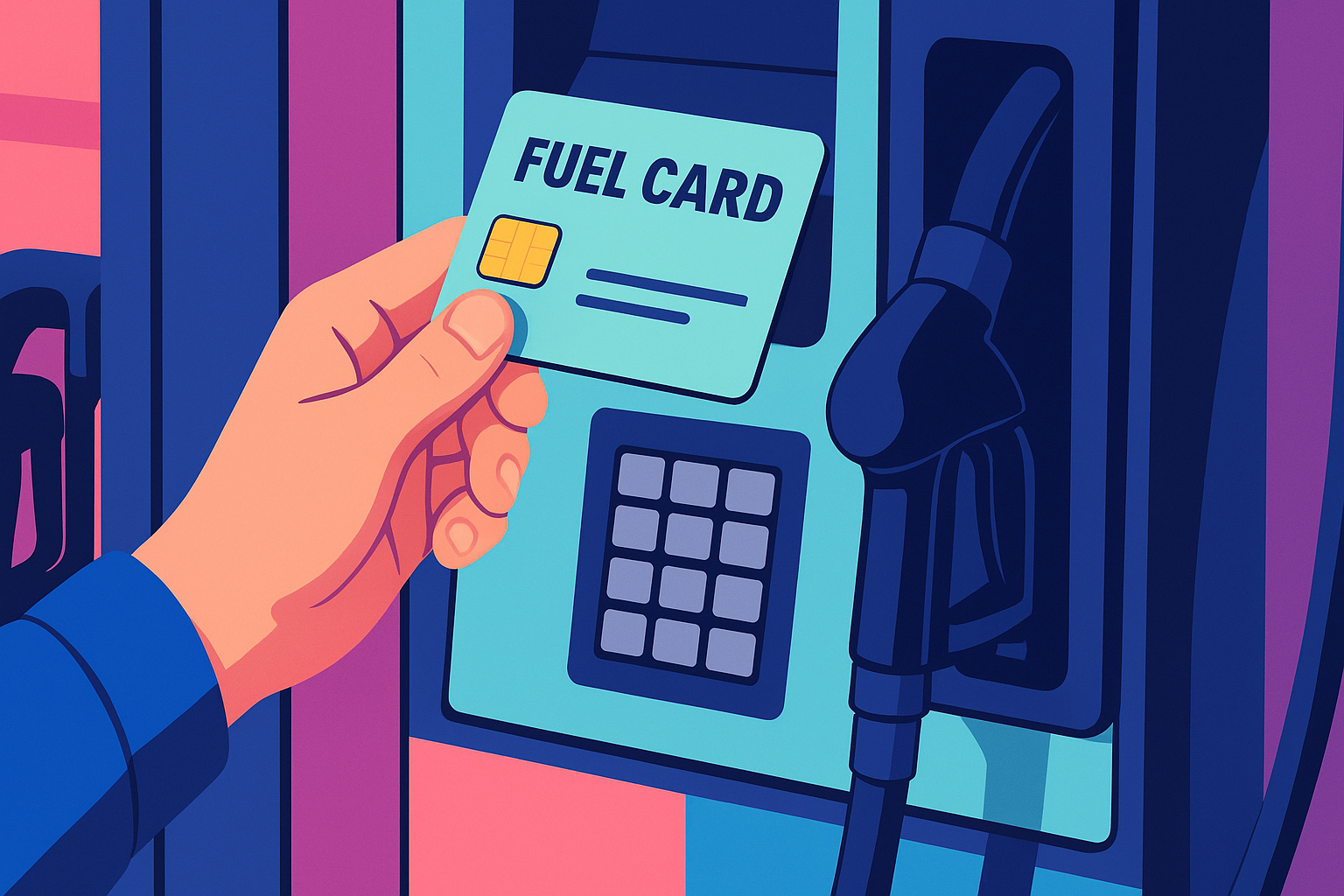Zachary Zulauf
5 mins
Exploring Mixed Fleet Strategies: A Q&A with Cardata’s Director of Product Marketing
In this Q&A session, Automotive Fleet’s Chris Brown sat down with Lee Adam, Director of Product Marketing for Cardata, to discuss when and why it makes sense to integrate vehicle reimbursement into your fleet strategy. Lee explores the circumstances that prompt companies to consider an alternative to traditional fleet vehicles, the main benefits of a mixed (fleet plus reimbursement) program, and how to measure success.
Q1. In what circumstances does it make sense to evaluate alternatives to a fleet vehicle, such as a reimbursement program?
Lee: Today, fleet managers are moving beyond just maintaining assets and focusing on broader mobility strategies. That shift is driven in part by employees demanding more flexibility and choice. It’s always wise to periodically ask, “Who needs a vehicle? What type of vehicle? When and why?”
While heavy commercial vehicles, rigged trucks, or branded vehicles are often best suited as company-provided assets, there are times when exploring an alternative makes sense. For instance, if you recently had an accident that impacted your insurability or if purchasing and maintaining vehicles is getting too costly, that’s a signal. Another is if your fleet-only model can’t keep up with your company’s growth or broader mobility needs. Those are clear prompts to consider whether a reimbursement program—or something similar—might fit better.
Q2. What is a “mixed vehicle program,” and what are the primary benefits of adding a reimbursement option?
Lee: A mixed vehicle program means combining traditional company vehicles with a reimbursement option, allowing certain employees to use their personal vehicles for work and receive a fair, competitive reimbursement.
The benefits include:
- Cost Efficiency: Company vehicles can cost 25–30% more on average than a managed reimbursement alternative. Reimbursement ensures businesses only cover necessary work-related costs.
- Reduced Risk and Liability: Fewer big-ticket expenses for maintenance or accidents, and lower insurance premiums.
- Flexibility: Easier to accommodate growth and handle vehicle availability issues, all while offering employees more choice and mobility freedom.
Q3. Which reimbursement methods are most commonly used, and how do they differ?
Lee: Every organization is unique, and you should choose a reimbursement model that mirrors your employees’ driving behaviors. In the U.S., there are three main IRS-recognized approaches:
- Cents-Per-Mile (CPM): Straight mileage reimbursement, typically best for low-mileage drivers (under ~5,000 miles per year). Employees simply track miles and get reimbursed at a set rate (often the IRS standard rate).
- Accountable (Tax-Free) Car Allowance: A flat allowance approach that can be 100% tax-free if properly tracked and managed. Common for executive-level roles or when you want a consistent monthly amount plus mileage validation.
- Fixed and Variable Rate (FAVR): Combines a fixed allowance (ownership costs) with a per-mile reimbursement (operating costs). This method is 100% tax-free when handled correctly and is especially popular for companies transitioning from a fleet-only model, because it accurately reflects actual driving costs in different regions.
Q4. How can fleets evaluate the effectiveness of a reimbursement program once it’s implemented? What metrics should be monitored?
Lee: Just as you’d review cost of ownership or vehicle utilization in a fleet, you also want to monitor reimbursement programs for cost, compliance, and value. If you’re partnering with a reimbursement provider, regular business reviews can show how you’re performing against key objectives.
Common metrics include:
- Spend to Date vs. Previous Year: Are you saving money or finding optimization opportunities?
- Tax Savings and Compliance: How many drivers are correctly following program guidelines to ensure reimbursements are tax-free?
- Mileage Trends: Are drivers logging more or fewer miles than expected, and does their reimbursement plan still match their actual driving?
- Competitive Positioning: Are you leaner or more generous compared to your industry peers, and is that aligned with your company’s goals?
Q5. What does “success” look like for a reimbursement program, and how should it be measured?
Lee: Success varies widely by organization. Some might prioritize cost savings or lower liability, others want to boost driver satisfaction with more flexibility. Others simply want to ensure compliance and reduce insurance risks. Often it’s a balance of all these factors.
For example, we worked with a client that initially wanted to leave its old reimbursement provider for a more tailored approach. After designing a custom, tax-free reimbursement plan, the company saw over 60% of eligible drivers (previously in fleet vehicles) voluntarily switch to reimbursement—leading to immediate cost optimization and improved driver satisfaction.
Final Thoughts
Reimbursement programs are gaining momentum as companies seek fresh ways to manage costs, mitigate risks, and offer greater flexibility to employees. While traditional fleet vehicles will always have their place—especially for heavy-duty or specialized roles—evaluating a mixed fleet model can yield significant benefits. By tracking metrics, staying compliant, and partnering with the right provider, you can strike the right balance between fleet assets and reimbursement to create a modern, dynamic mobility strategy.
About the Interviewee
Lee Adam serves as the Director of Product Marketing for Cardata. Lee works closely with organizations to develop effective mobility strategies that integrate technology, compliance, and cost-management in vehicle programs.
Share on:


